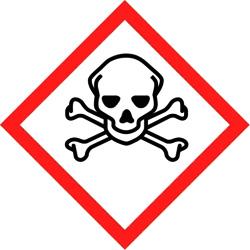
by Ethan Carter | Jan 25, 2019
Operation Cleansweep is a statewide program that provides farmers, nursery operators, golf course operators and pest control services a one-time, safe and economical way to dispose of their canceled, suspended and unusable pesticides. In the aftermath of Hurricane...
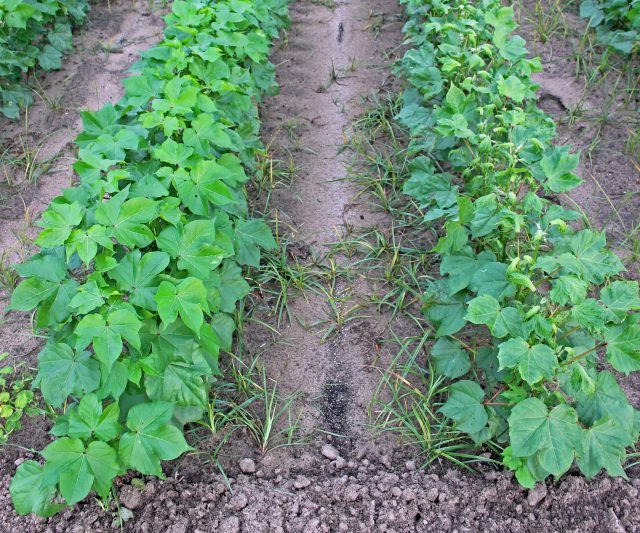
by Ethan Carter | Nov 30, 2018
The past two months have been life altering for many farmers in the southeast, especially the Florida Panhandle. Hurricane Michael made landfall in the Panhandle on October 10th and left a path of destruction spanning several counties as it continued into Southwest...
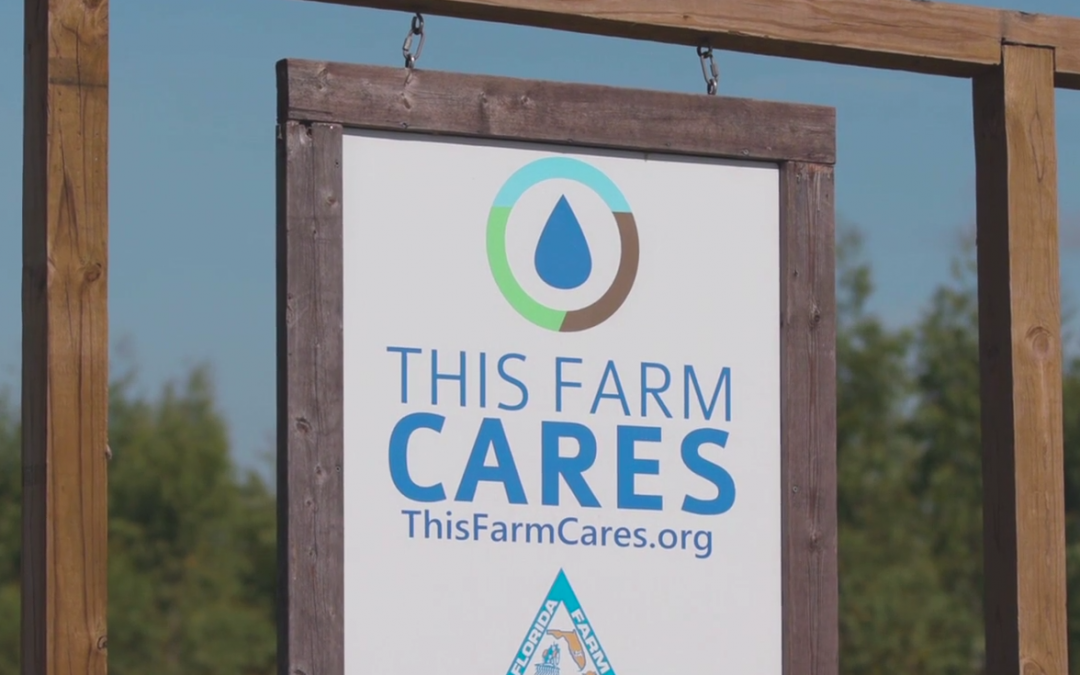
by Doug Mayo | Nov 30, 2018
This week’s video was produced by Florida Farm Bureau to showcase their “This Farm CARES” program. CARES is an acronym for the County Alliance for Responsible Environmental Stewardship Program. This recognition is given out to Florida farmers who...
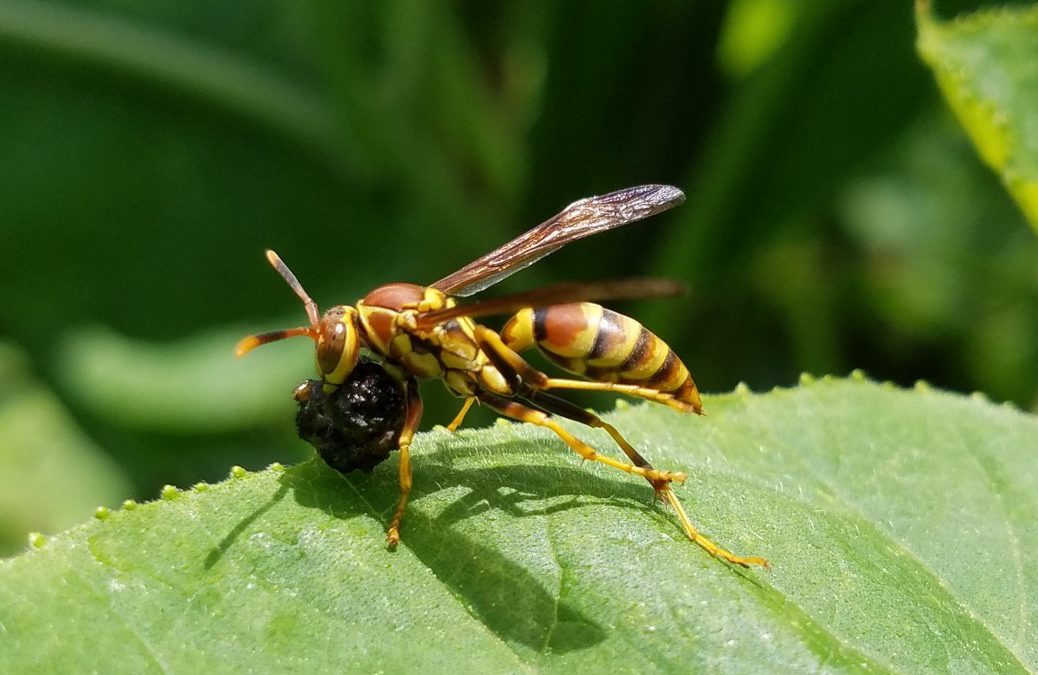
by Evan Anderson | Nov 16, 2018
Our recent storm was traumatic in a lot of ways, and not only for humans. Many animals found their homes destroyed by the weather, which may unfortunately make cleanup and recovery even more difficult for everybody. While cooler temperatures in the fall and winter...
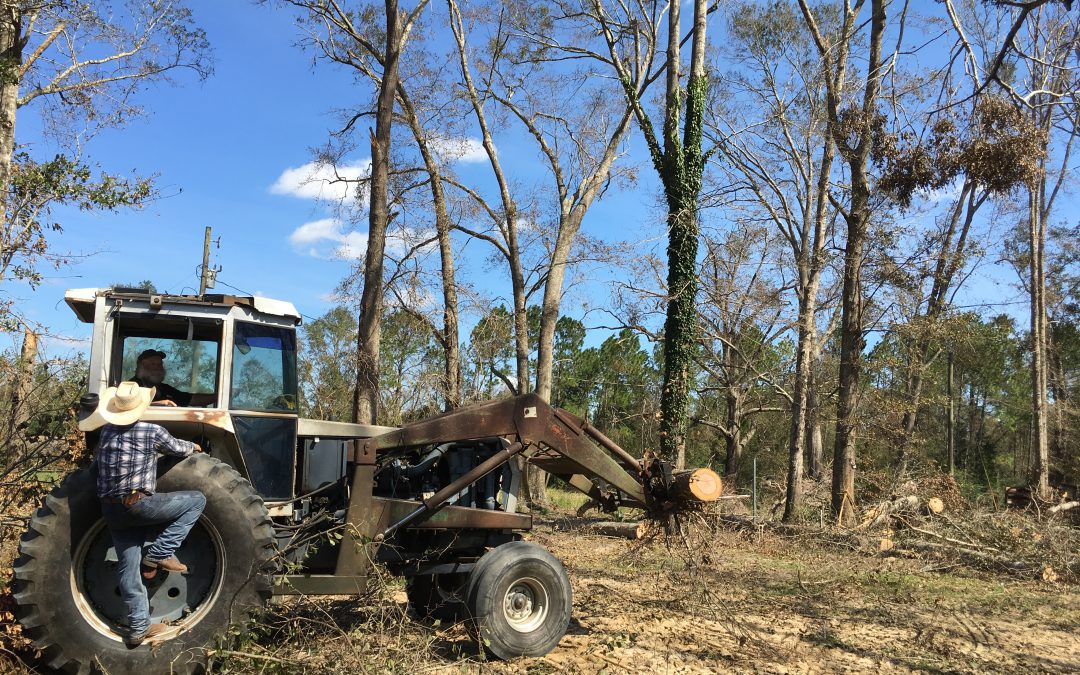
by Kalyn Waters | Nov 9, 2018
Following the USDA-FSA (United States Department of Agriculture-Farm Service Agency) meetings that were held across the Panhandle in response to Hurricane Michael, one word was a common factor program qualification: DOCUMENTATION! In fact, most times it was said...

by Molly Jameson | Nov 9, 2018
Nematodes. Those microscopic, worm-like creatures that enter or attach themselves to crop roots, pierce root tissue, suck up root juices, and destroy crop yields. But did you know, plant-parasitic nematodes are only a very small fraction of the nematodes living in...







